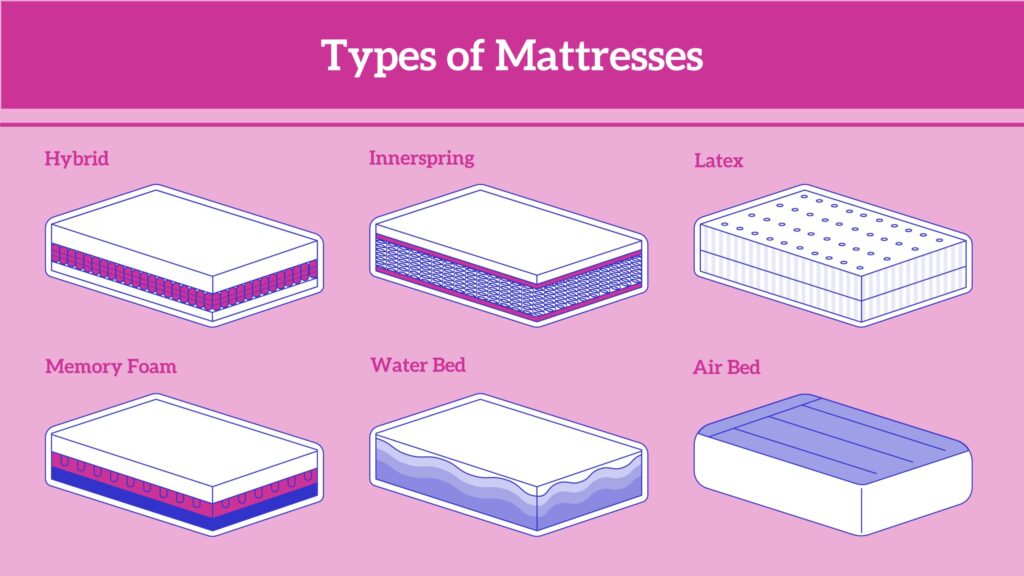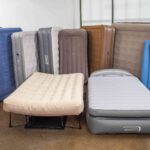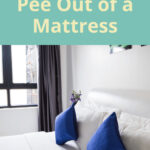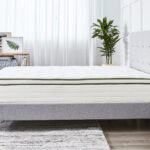Are you in the market for a new mattress? If so, you may be wondering what are the different types of mattresses available and which one is best for you. In this article, we will discuss the different types of mattresses and how to find the right one for you. From innerspring mattresses to memory foam and more, we will go over all the mattress types so that you can make an informed decision.
Types of Mattresses
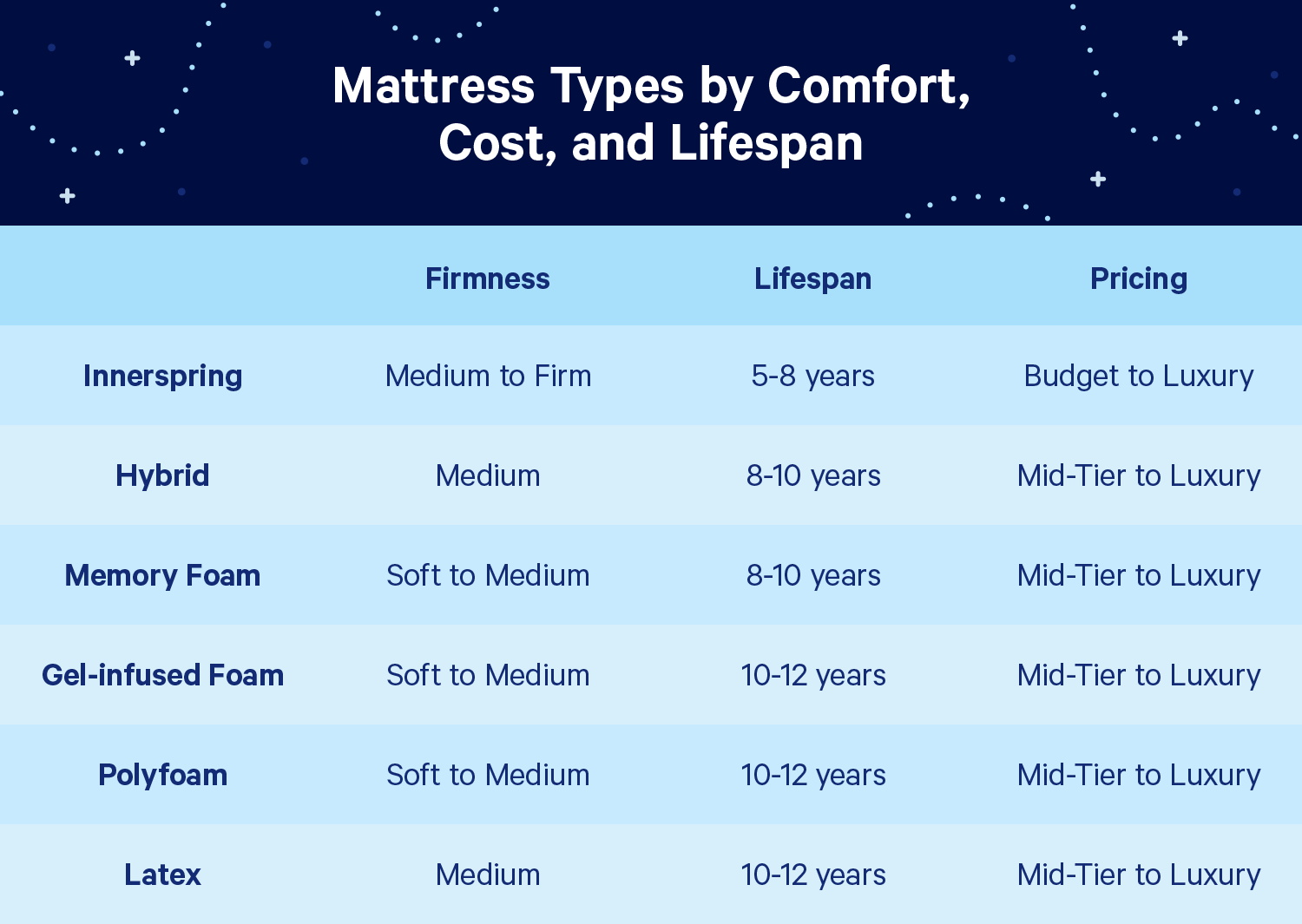
When it comes to finding the right mattress for you, there is a wide variety of options to choose from. From foam to innerspring to hybrid and beyond, the type of mattress you choose will have a big impact on your sleep quality and comfort.
Foam Mattresses
Foam mattresses are known for their comfort and conforming ability. They are constructed from layers of foam, usually a combination of polyurethane, memory foam, latex, and other materials. The foam material is designed to contour to the shape of your body, providing support and pressure relief. Foam mattresses come in a range of firmness options and are great for people who like to sleep on their side or stomach.
Innerspring Mattresses
Innerspring mattresses are the most traditional type of mattress. They feature a layer of steel coils or springs that are designed to provide support and help keep your spine aligned. The coils are topped with a layer of cushioning material, such as polyfoam, for comfort. Innerspring mattresses come in a range of firmness levels and are a good choice for people who prefer a bouncy feel or those who sleep on their back.
Hybrid Mattresses
Hybrid mattresses are constructed with a combination of foam and innerspring coils. They offer a combination of comfort and support, with a layer of foam on top of the coils providing a plush feel. Hybrid mattresses are available in a range of firmness levels and are a great choice for people who want the best of both worlds.
Adjustable Mattresses
Adjustable mattresses are designed to adjust to your desired level of comfort. They are constructed with a base layer of foam or springs and topped with an adjustable layer. This layer can be adjusted to provide varying levels of support and comfort, allowing you to customize your sleeping experience. Adjustable mattresses are perfect for people who want to be able to adjust their mattress as needed.
Airbeds
Airbeds are constructed with a base layer of foam or springs and topped with an air chamber. This air chamber can be inflated or deflated to adjust the firmness of the mattress, allowing you to customize your level of comfort. Airbeds are a great choice for people who like to switch up their sleeping position or need a mattress that provides varying levels of support.
No matter what type of mattress you choose, it is important to find one that is comfortable and supportive. The right mattress can make a big difference in your sleep quality and overall health.
Innerspring
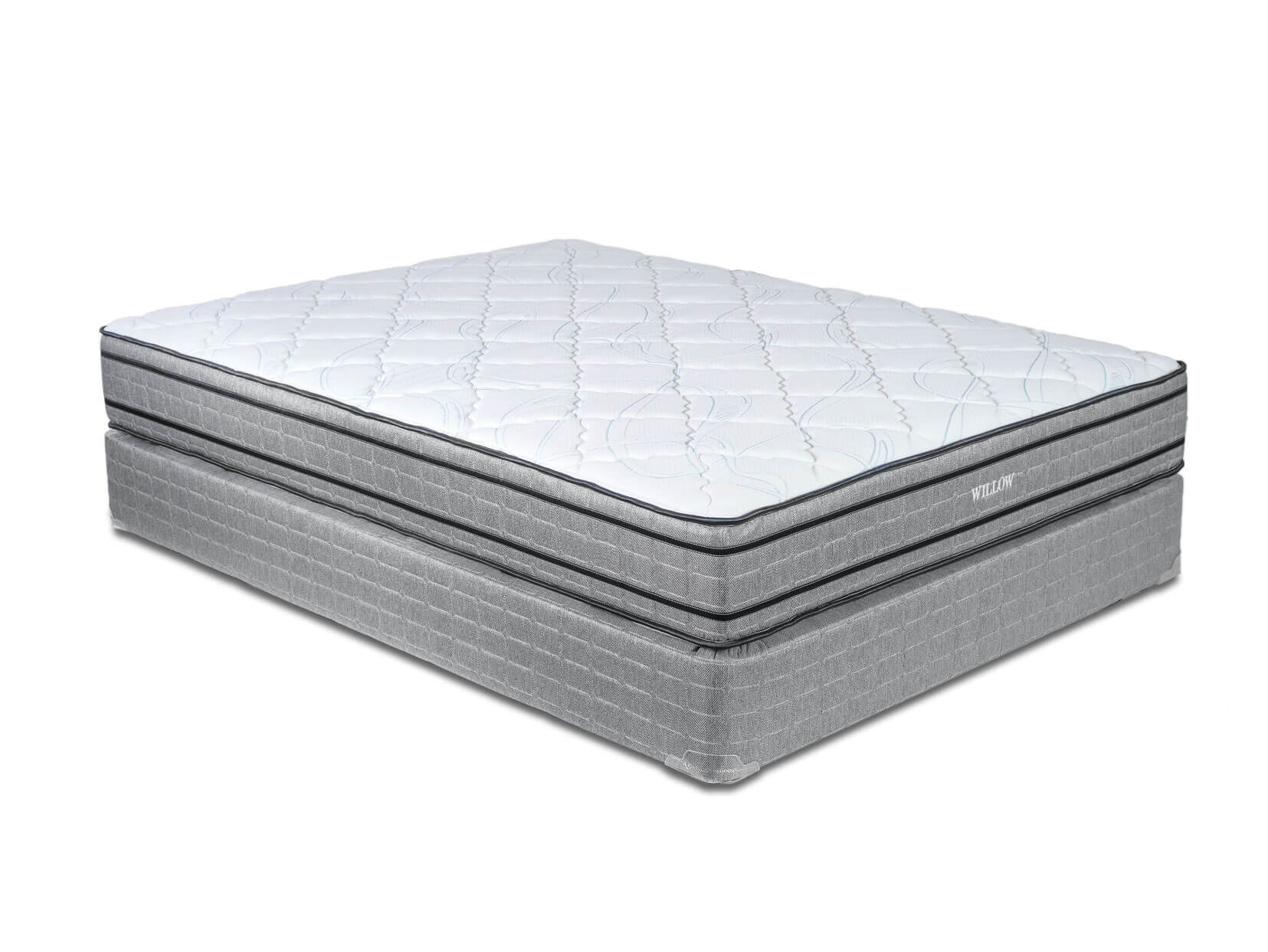
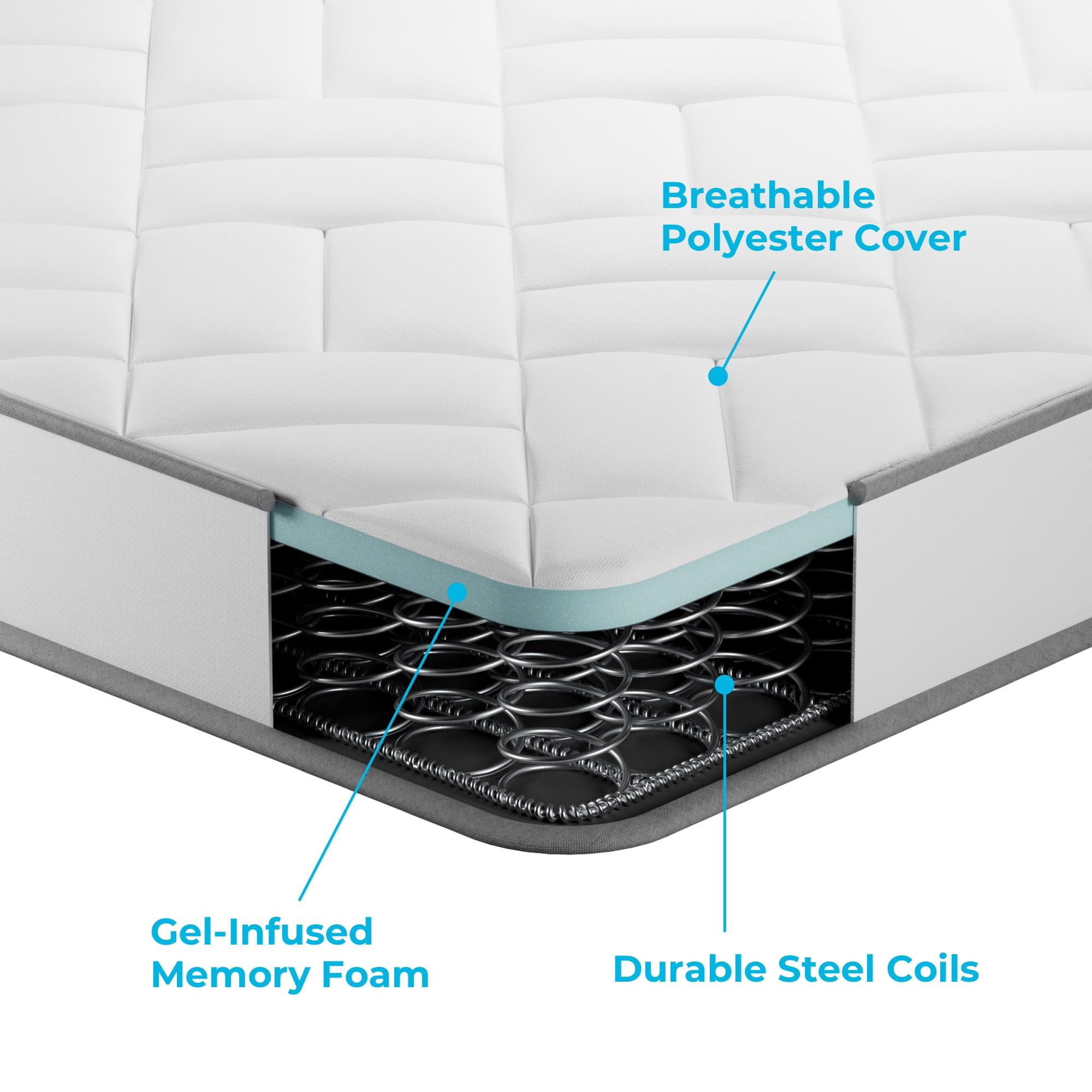
Innerspring mattresses are the traditional mattress type, which has been popular for more than 150 years. They are constructed with steel coils and offer a good mix of comfort and support. Here are some interesting facts about innerspring mattresses:
- Innerspring mattresses are the most common type of mattress on the market.
- The innerspring coils are designed to provide support, while the upholstery layers provide comfort.
- The number of coils in an innerspring mattress will vary depending on its size and quality.
- The coils can be made of different gauges and shapes, which will affect the firmness of the mattress.
- Innerspring mattresses can be made with various comfort layers, such as memory foam, latex, and polyester.
- The individual pocketed coils in innerspring mattresses are designed to reduce motion transfer, meaning you won’t feel your partner’s movements as much.
- Innerspring mattresses can be made with different coil types, such as hourglass, Bonnell, and offset coils.
- Innerspring mattresses can last up to 10 years, depending on the quality and care.
Memory Foam
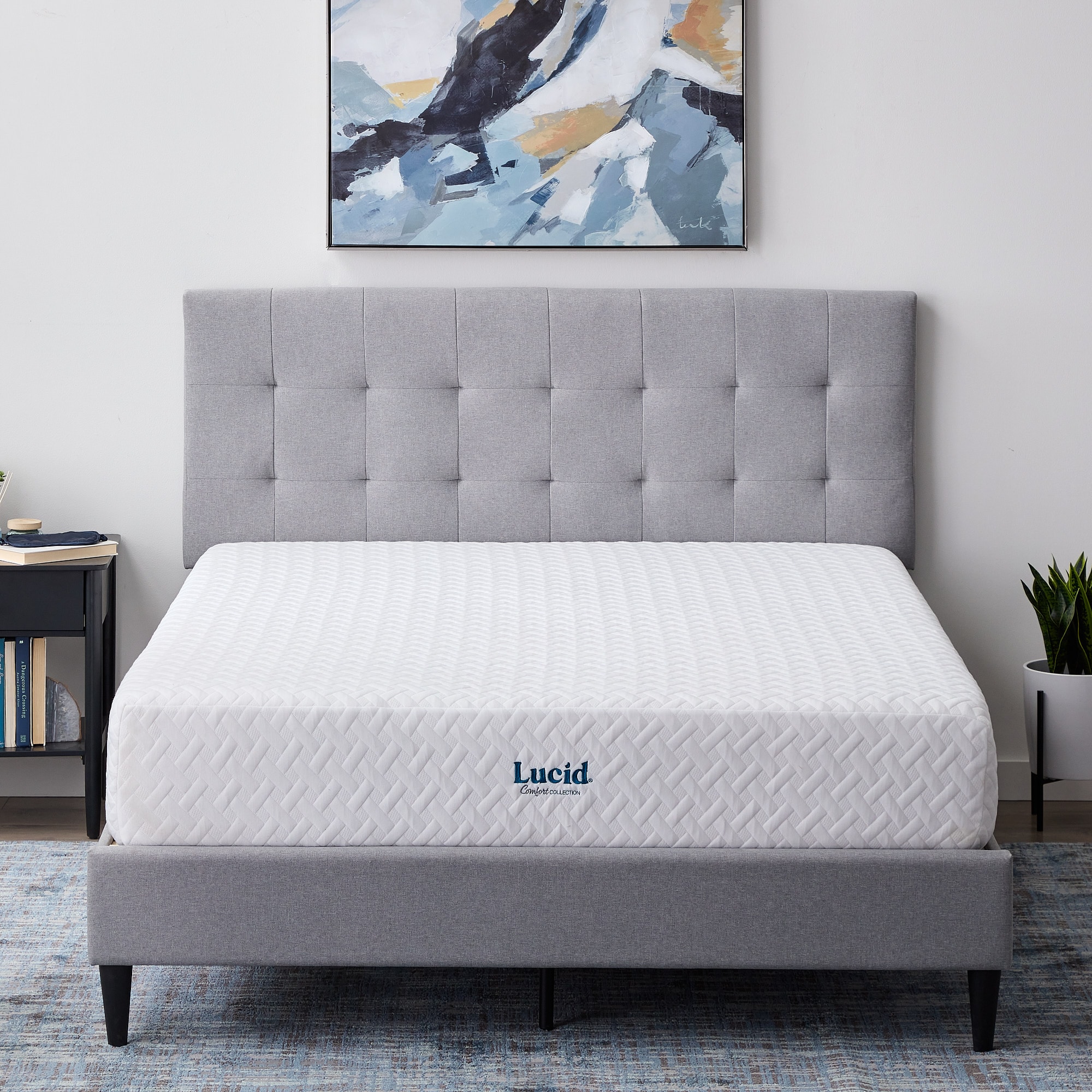
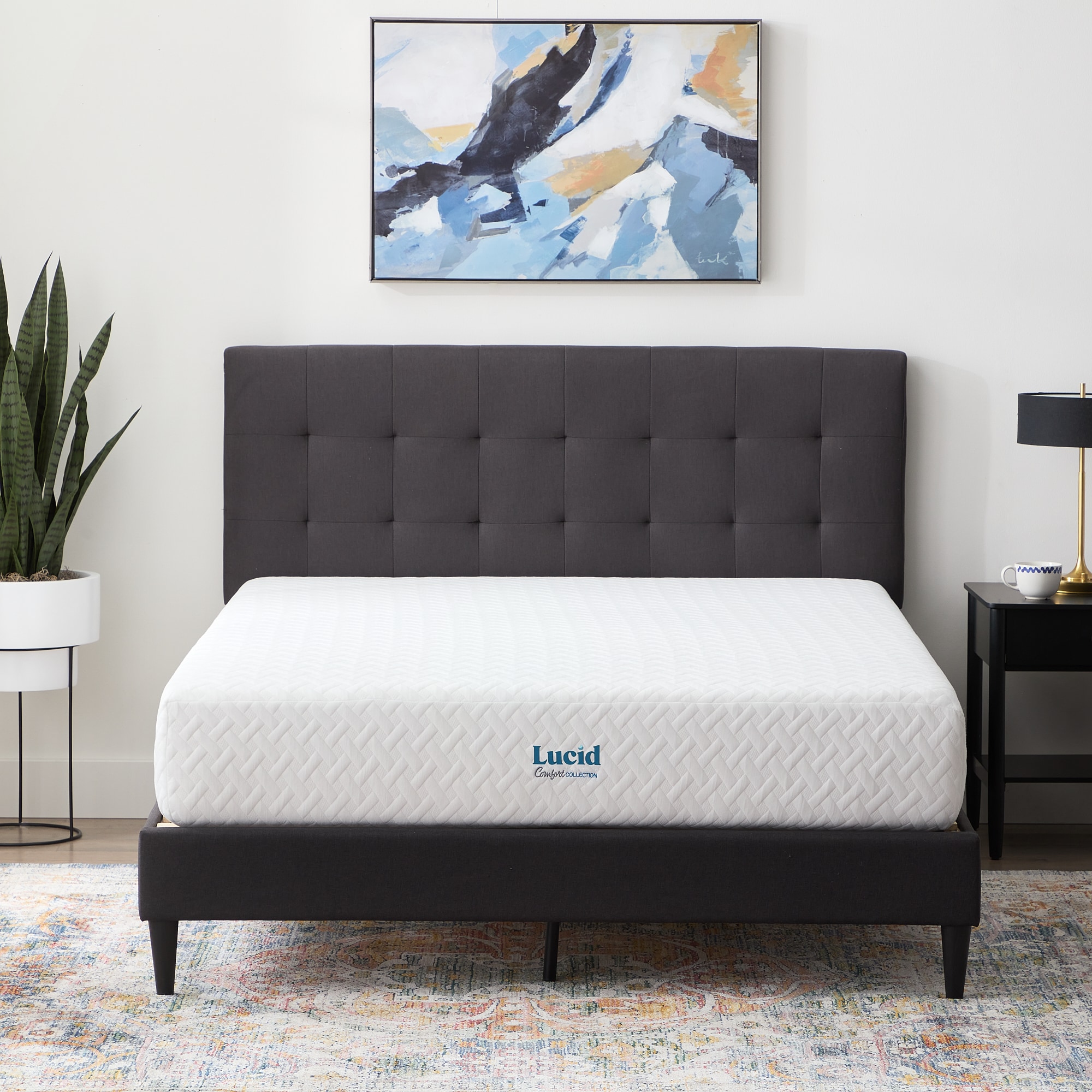
| Pros | Cons |
|---|---|
| Pressure Relief Memory foam is designed to conform to the body and provide pressure relief. |
Heat Retention Memory foam mattresses can retain heat and cause sleepers to become uncomfortably warm. |
| Motion Isolation Memory foam is excellent at reducing motion transfer, preventing sleep disruption. |
Initial Odor Memory foam mattresses may have an initial odor when new. |
| Durability Memory foam mattresses have a long lifespan and are unlikely to sag or develop deep body impressions. |
Cost Memory foam mattresses tend to be more expensive than other types. |
Memory foam mattresses are constructed with polyurethane foam, often with additional materials like gel added to improve the mattress’s contouring properties. This type of foam is designed to conform to the body, providing even weight distribution and pressure point relief. Memory foam mattresses are available in a variety of firmness levels and thicknesses, making them suitable for most sleeping positions and body types. Typically, memory foam mattresses range from 10-14 inches in height.
Hybrid
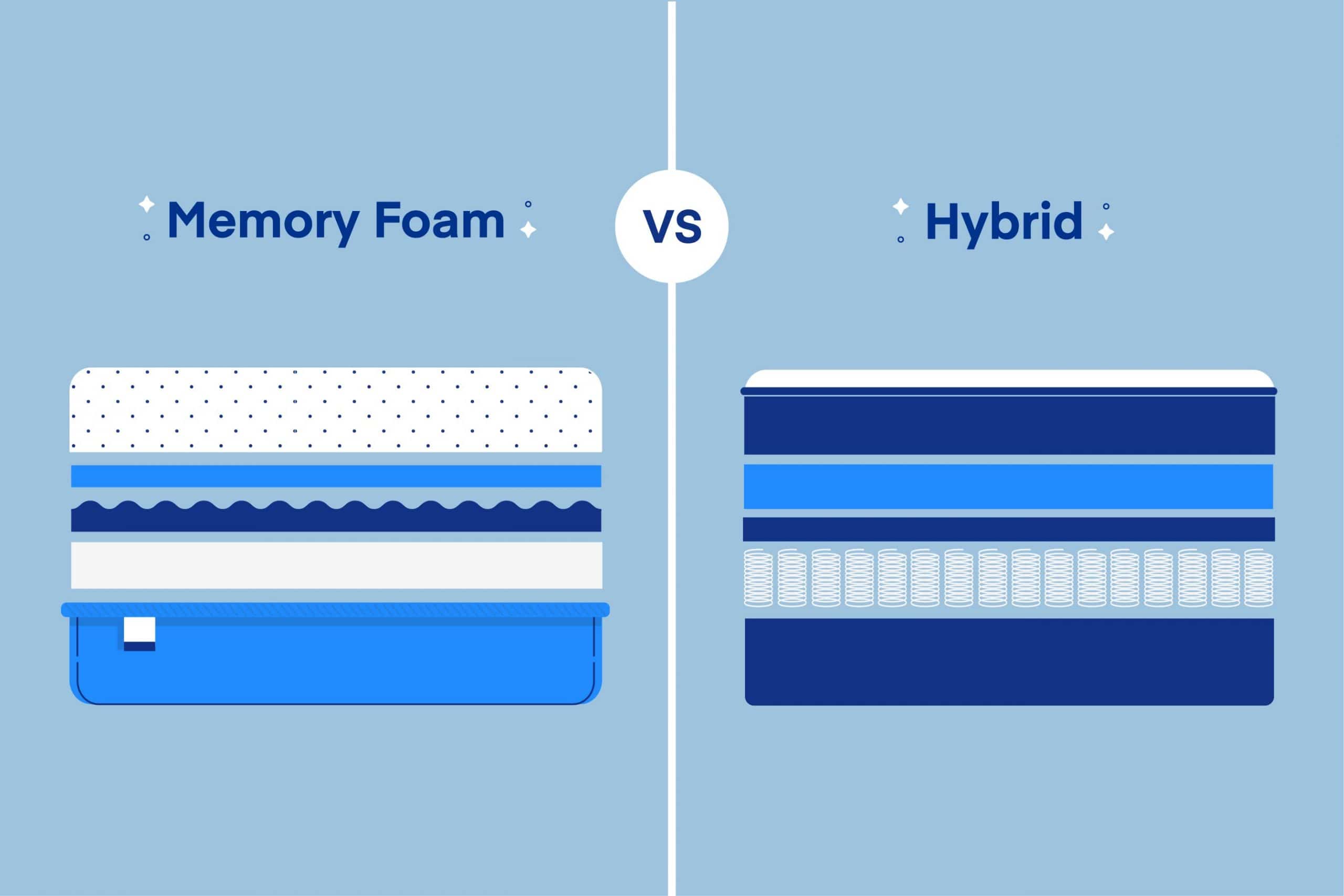
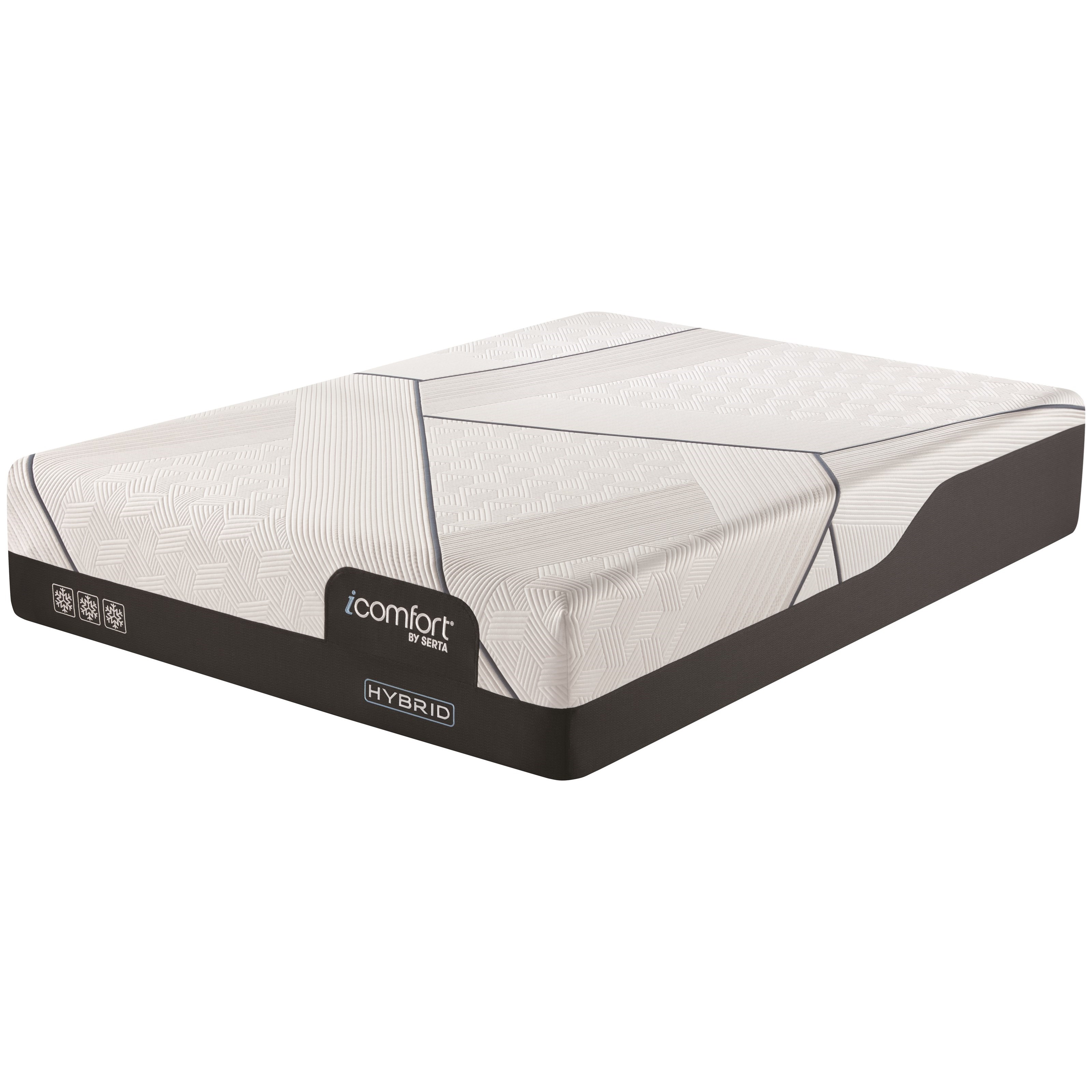
- Comfort Layer: Usually consists of memory foam, latex foam, and/or poly foams.
- Support Layer: Usually consists of pocketed coils, and is designed to provide contouring and support.
- Edge Support Layer: Usually consists of a foam encasement, which provides additional stability and support to the edges of the mattress.
Hybrid mattresses offer the best of both worlds: they combine the pressure relief and contouring of foam with the support and responsiveness of innersprings. They are typically constructed with multiple layers of foam and pocketed coils and often have a foam encasement around the edges for additional support. Hybrid mattresses tend to have a medium to medium-firm feel, making them a great option for those who need a balance between cushion and support.
Latex
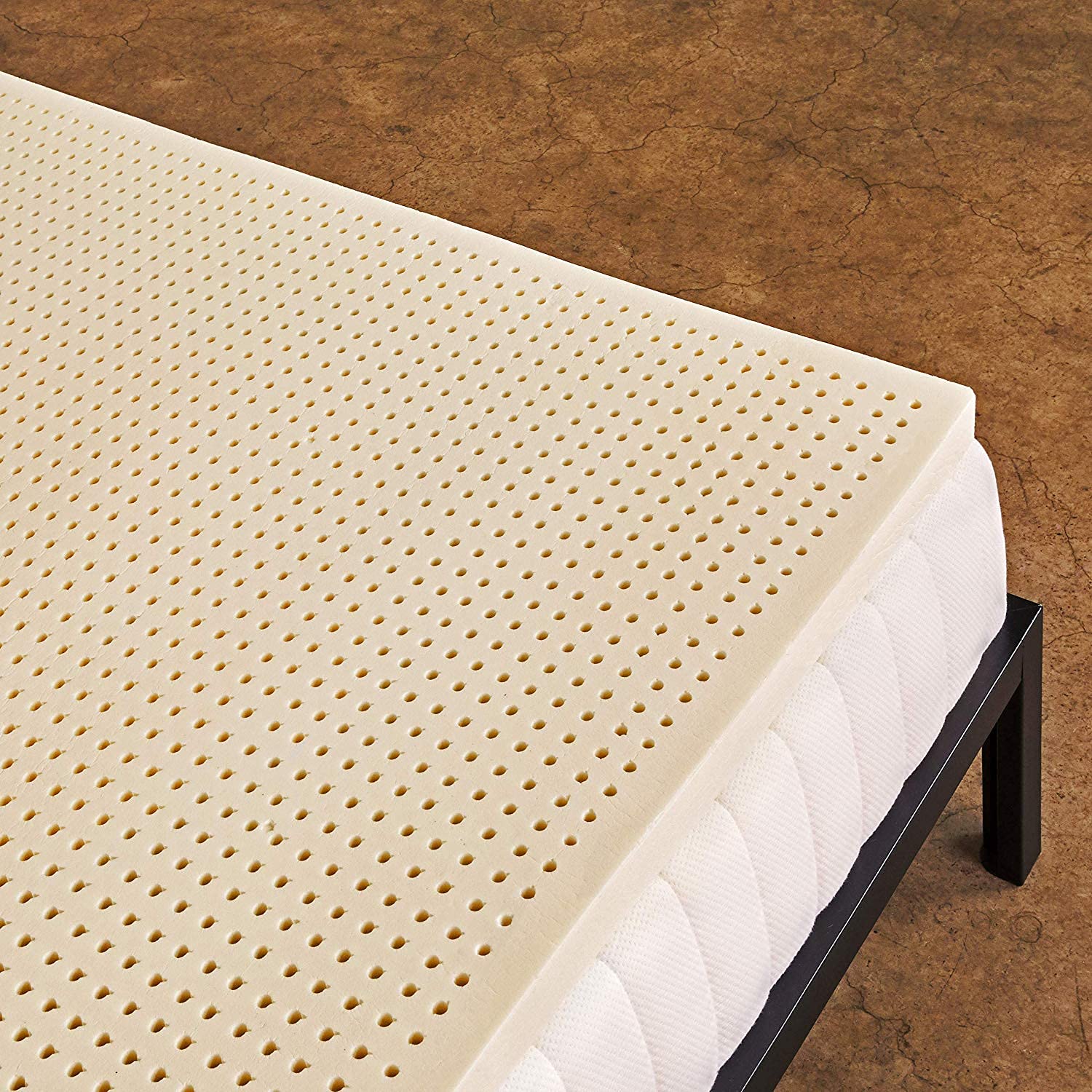
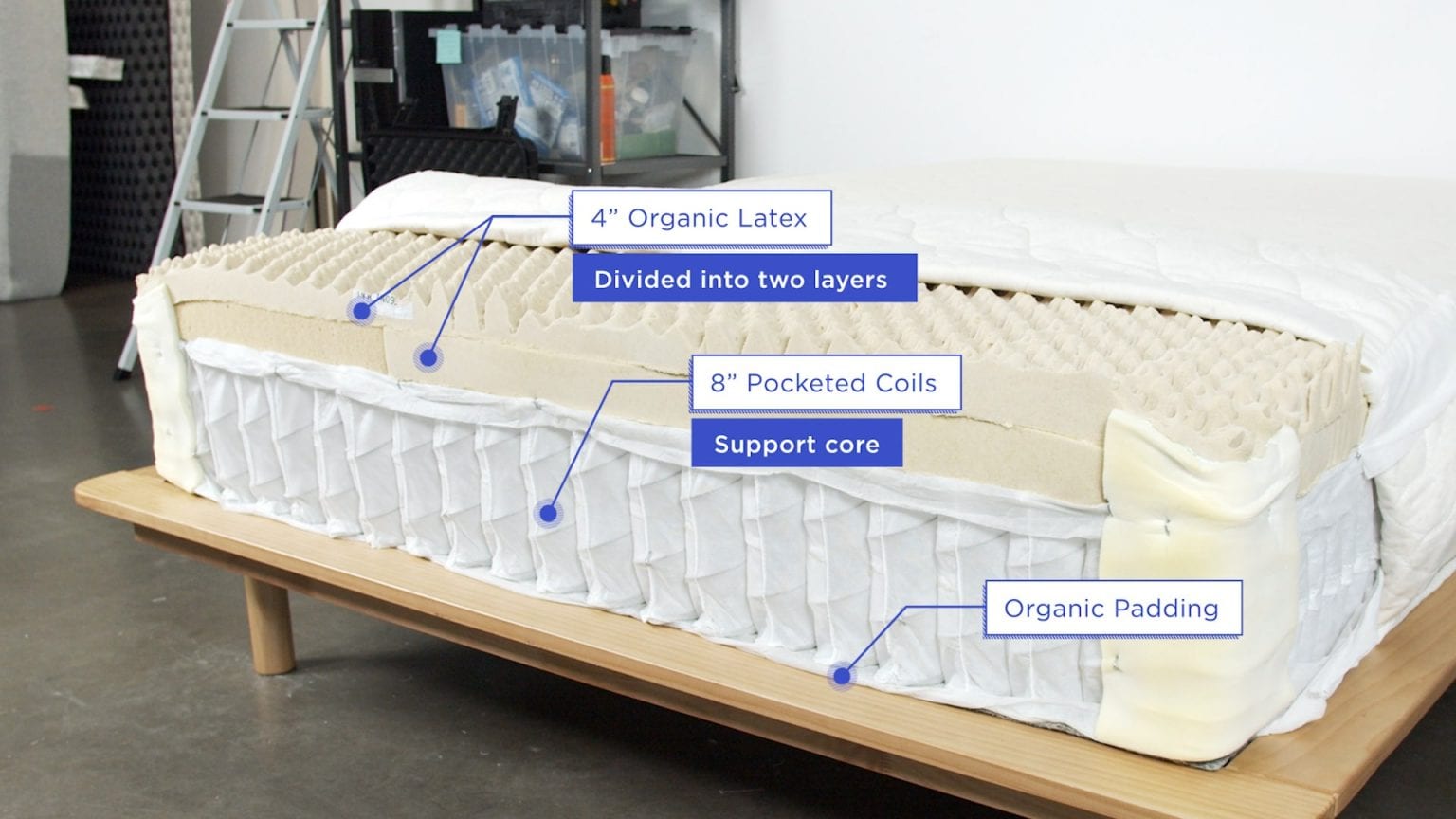
Latex mattresses are known for their pressure relief and support. They are made from natural latex, which is derived from the sap of rubber trees. This material is known for its durability and comfort. Latex mattresses offer both comfort and support, and are especially beneficial for people who suffer from back and joint pain. They are also hypoallergenic and dust-mite resistant. Latex mattresses come in three types: natural, synthetic and blended. Natural latex mattresses are made of pure rubber tree sap and are considered the most durable and supportive type of mattress. Synthetic latex mattresses are made of petroleum-based materials and are generally less expensive than natural latex mattresses. Blended latex mattresses are made of a combination of natural and synthetic latex. They are often a more affordable option than natural latex mattresses.
Air
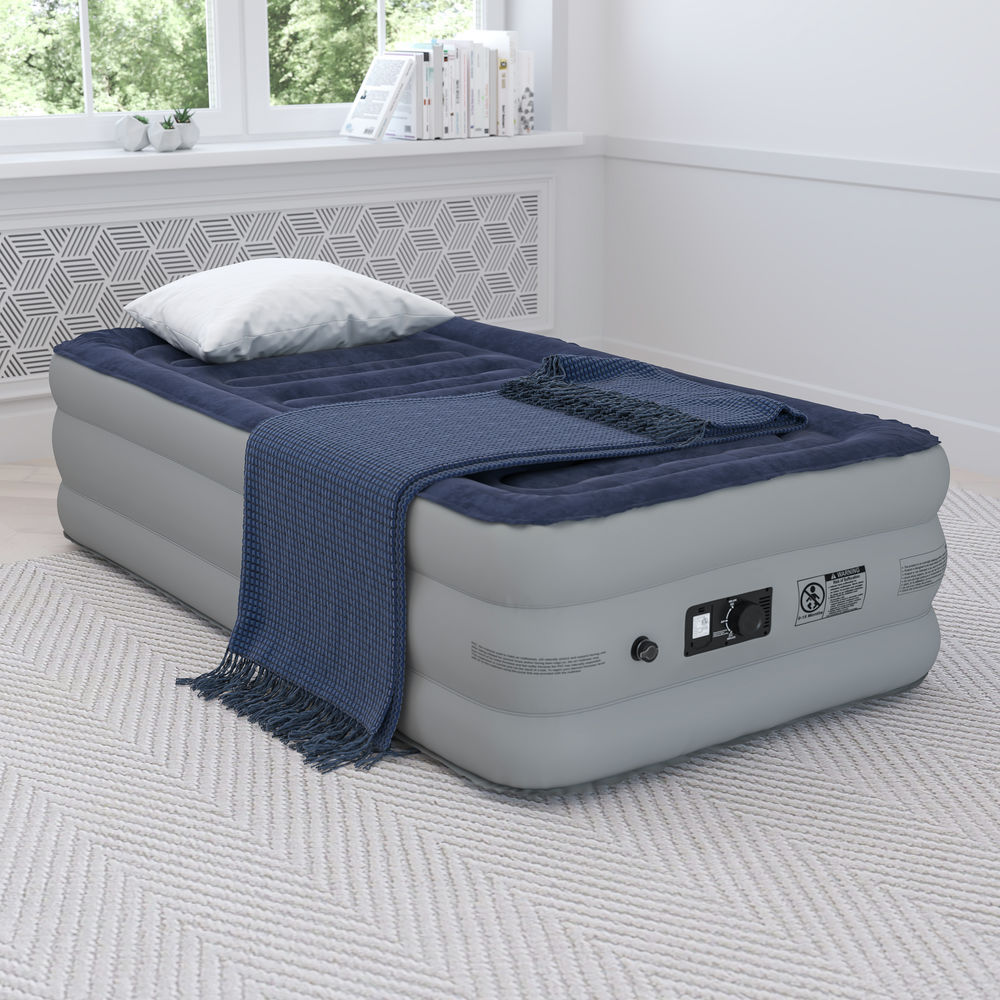
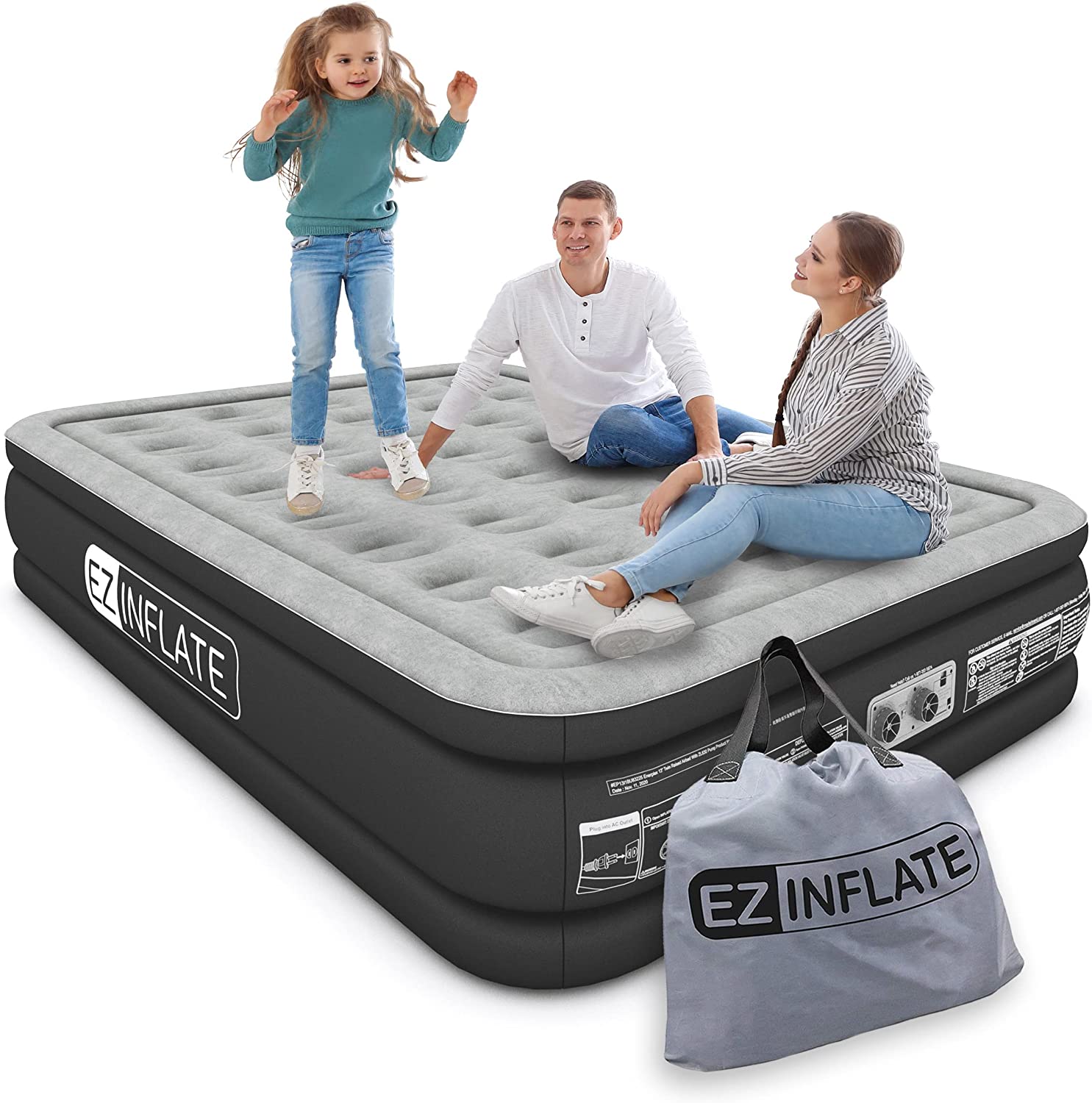
- Advantages: Adjustable firmness, pressure relief, temperature control, and motion isolation.
- Disadvantages: Noisy, requires maintenance, and expensive.
Air mattresses are one of the most popular mattress types, especially for those who like to sleep on different firmness levels. They are adjustable and allow you to customize the firmness and support according to your needs. Plus, they provide excellent pressure relief and temperature control, as well as motion isolation. However, some people might find them too noisy and they do require maintenance, making them more expensive than other mattress types.
Waterbed
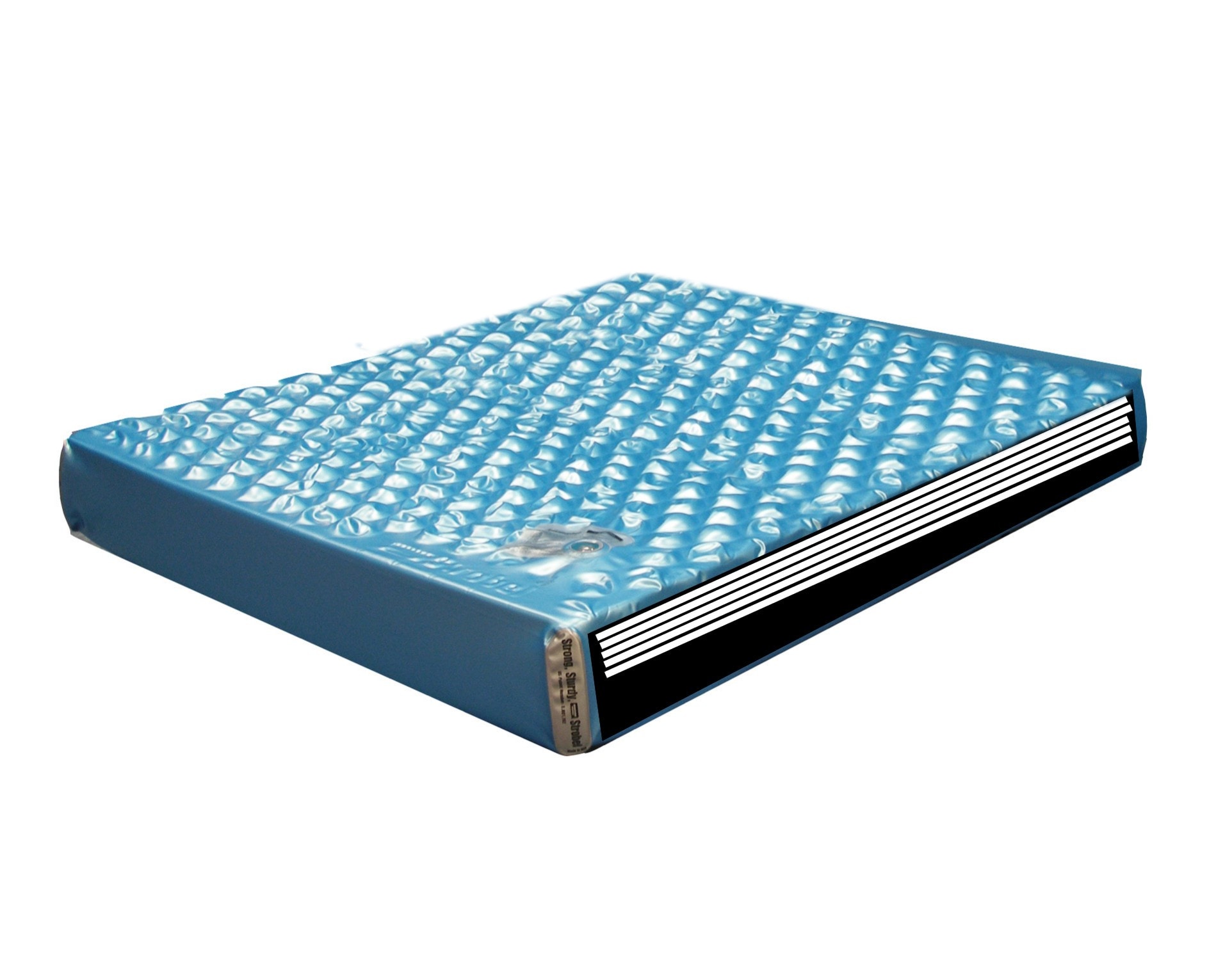
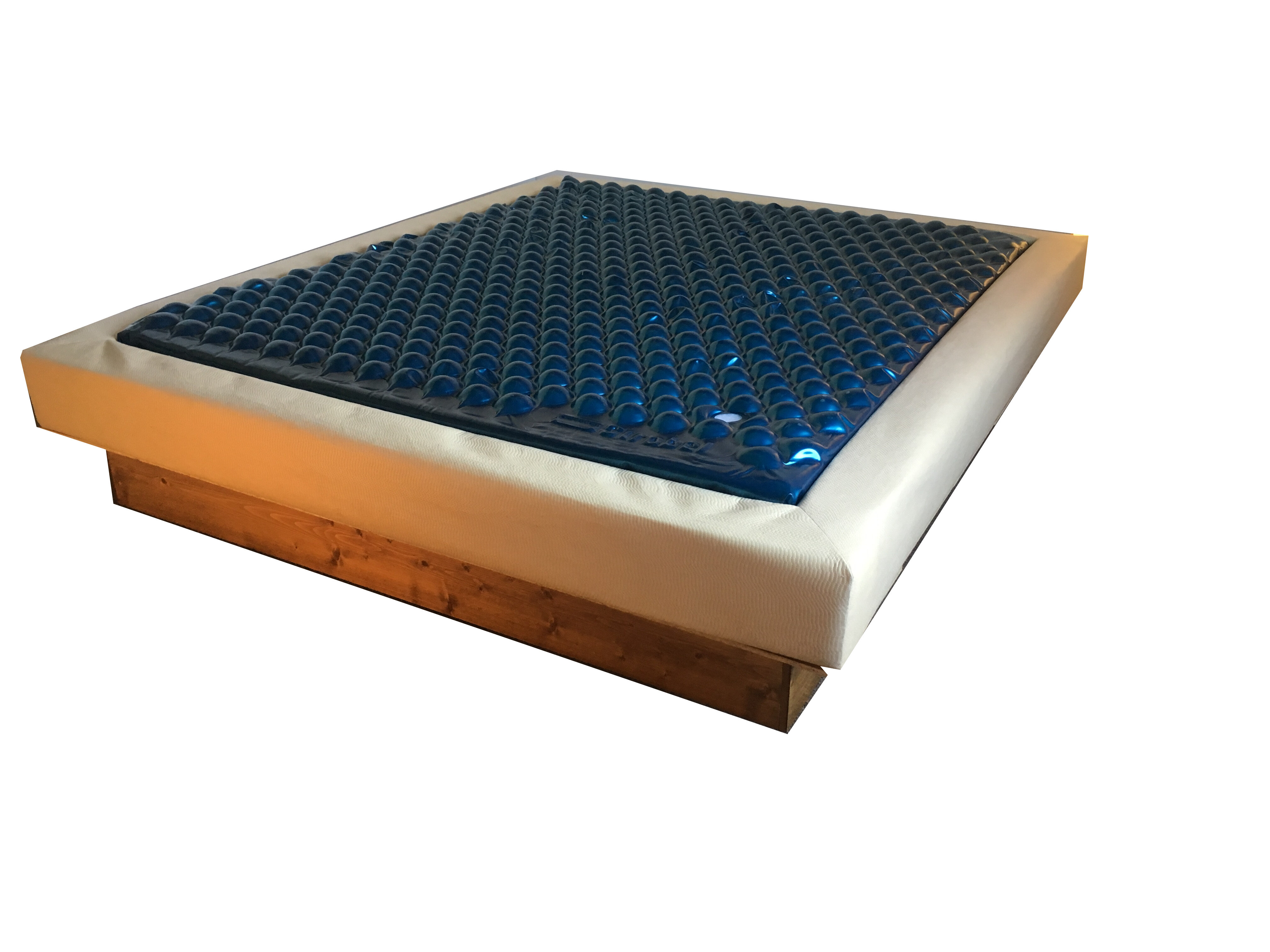
| Pros: | • Can be customized to fit your body • Hypoallergenic • Very durable • Pressure relief |
| Cons: | • High cost • Heavier than other mattresses • Can be difficult to move • May require additional maintenance |
Waterbeds are an unusual type of mattress that can be filled with water or a combination of water and air. They provide a unique sleeping experience and are often used for pressure relief. They are also hypoallergenic, so they are a great option for people with allergies. However, they are more expensive than traditional mattresses and can be difficult to move. They also require additional maintenance, such as regular water changes.
Futon
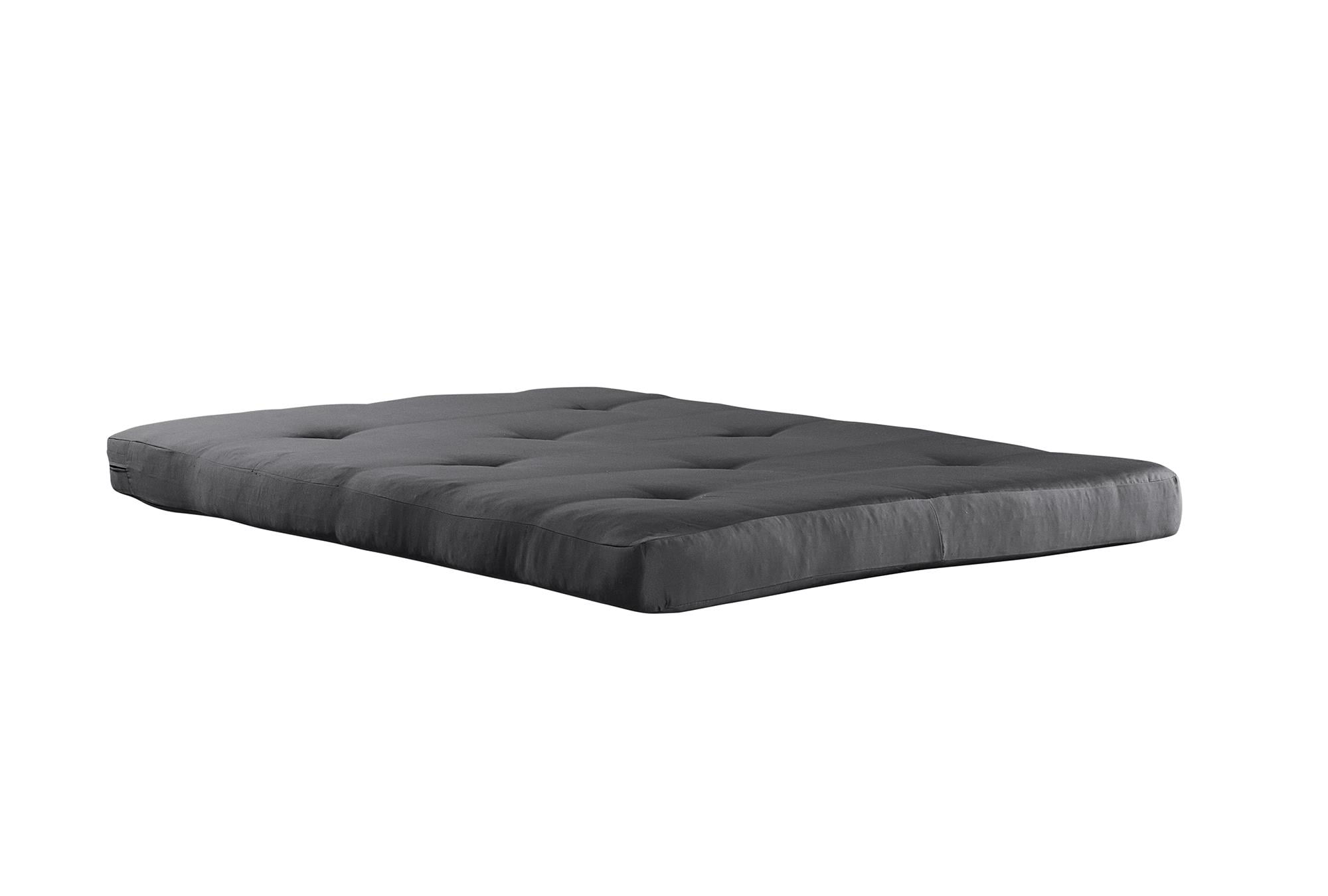
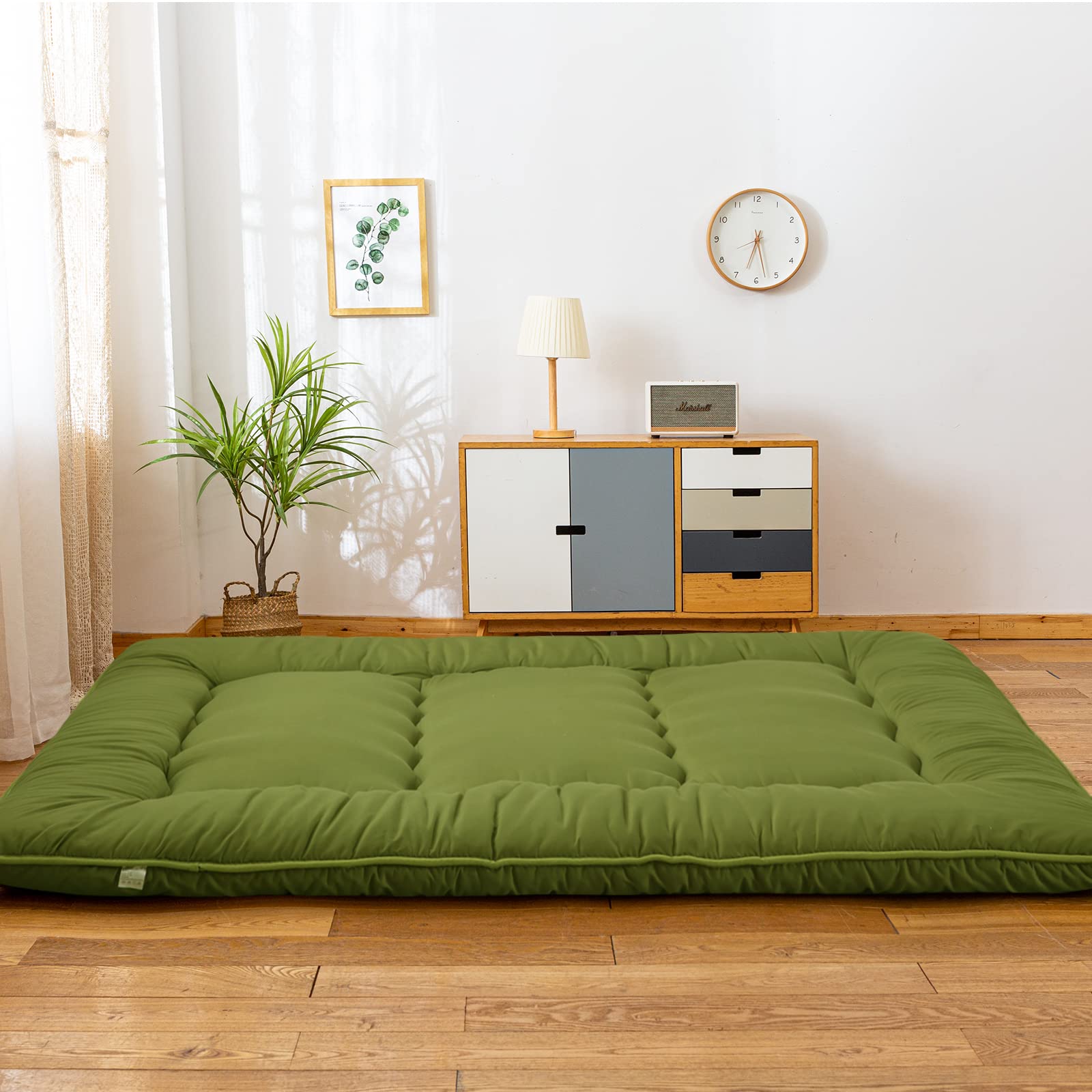
A Futon is a traditional Japanese bedding consisting of thick quilted mattresses with a cotton batting and a removable cover. It is typically laid out on the floor and can be used as a sofa during the day. A Futon mattress is usually softer and more pliable than a traditional mattress, making it suitable for those who prefer a softer sleeping surface. It is also a great option for those looking for a space-saving bedding option and is often used in small apartment living. If you’re looking for a what type of mattress that is comfortable and flexible, a Futon may be the right choice for you.
Benefits of Each Mattress
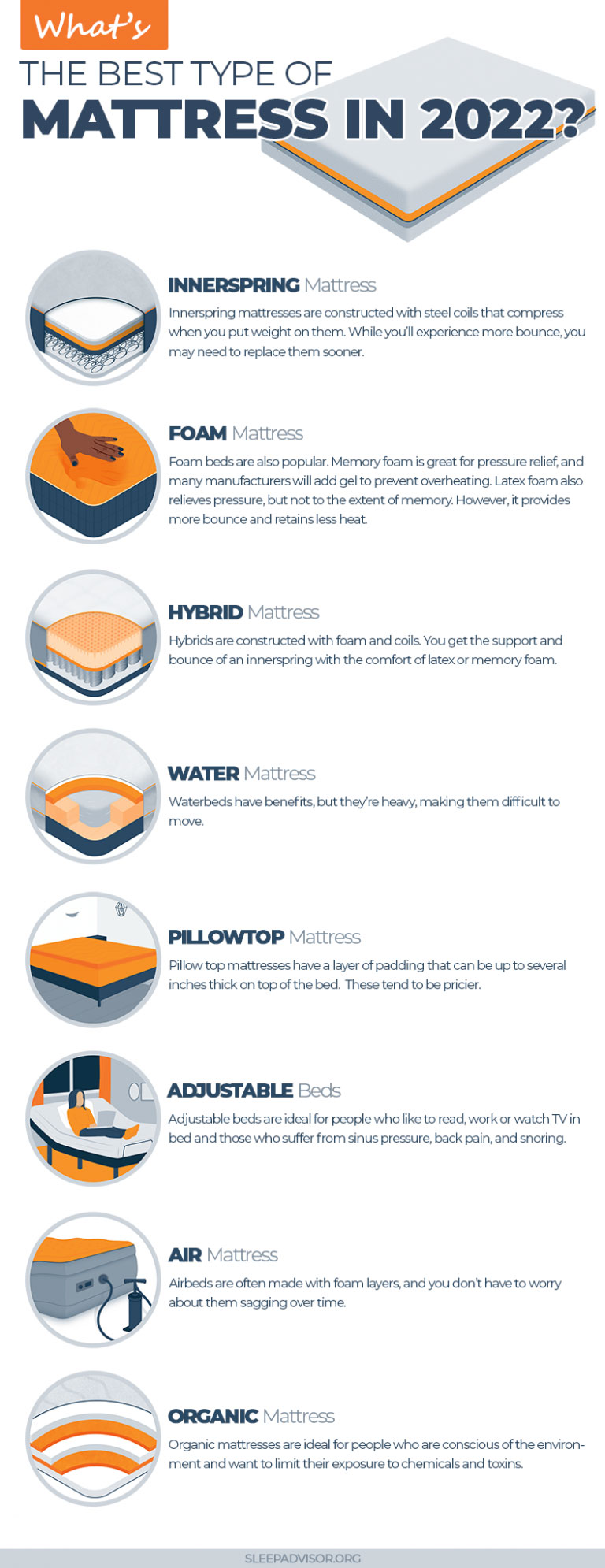
- Innerspring mattresses – provide excellent support, are widely available, and tend to be the most affordable type of mattress.
- Memory foam mattresses – provide excellent pressure relief and are good for those who suffer from back pain; they also absorb motion and minimize motion transfer.
- Latex mattresses – provide great support and pressure relief; they are also eco-friendly and have natural antibacterial properties.
- Hybrid mattresses – combine the support of an innerspring mattress with the pressure relief of memory foam and/or latex; they also often come with extra features like cooling technology.
- Airbed mattresses – provide adjustable firmness levels, so they can accommodate different sleeping preferences; they also often come with features like adjustable bases and air chambers.
Innerspring


| Pros |
|
| Cons |
|
Innerspring mattresses are among the most popular and widely-available types of mattresses. Constructed with steel coil springs, these mattresses are supportive and come in a variety of comfort levels. Innerspring mattresses are relatively inexpensive, making them a great option for those on a budget. However, they may not be the most durable option and may transfer motion between partners. Additionally, some people find the noise from the steel coil springs to be disruptive.
Memory Foam


Memory foam is a type of mattress material made from polyurethane and other chemicals that mold to the shape of your body when you lie down, providing support and pressure relief. It typically has a slow response time, meaning it takes a few moments to adjust and conform to your body. This can be beneficial, as it allows the mattress to conform to all of your body’s curves and contours. Memory foam mattresses are known for providing superior pressure relief, while also helping to reduce motion transfer between sleep partners.
| Advantages | Disadvantages |
|---|---|
| Pressure relief | High heat retention |
| Motion isolation | Off-gassing odor |
| Durable | More expensive |
Memory foam mattresses are a great choice for people who need pressure relief and motion isolation, but may not be suitable for those who prefer a bouncy mattress. They may also not be the best choice for those who are sensitive to odors or who prefer a cooler sleeping surface. However, if you’re looking for a mattress that conforms to your body and provides excellent support, a memory foam mattress may be the right choice for you.
Hybrid


- Combines the Best of Both Worlds: Hybrid mattresses offer the best of both worlds combining the support of an innerspring mattress with the comfort of foam layers on top.
- Multiple Layers: Typically, hybrid mattresses have multiple layers of foam, coils, and fiber fillings.
- Better Edge Support: Hybrid mattresses have better edge support than all-foam mattresses, making them a good choice for couples.
- Cooler Sleeping Surface: Hybrid mattresses have a cooler sleeping surface than all-foam mattresses thanks to the coils.
- More Durable: Hybrid mattresses are more durable than all-foam mattresses, making them a better long-term investment.
Hybrid mattresses are a great choice for those who want the comfort of memory foam with the support of an innerspring mattress. These mattresses are usually more expensive than all-foam mattresses, but they are more durable and offer better edge support. If you’re looking for the best of both worlds, a hybrid mattress may be the right choice for you.
Latex


- Durability: Latex is a very durable material that is resistant to sagging and other forms of wear.
- Support: Latex mattresses provide excellent support and can be tailored to your body shape.
- Motion Isolation: Latex mattresses have excellent motion isolation, meaning that you won’t be disturbed by your partner’s movements during the night.
- Cooling: Latex mattresses are naturally cooling and can help regulate your body temperature during the night.
Latex mattresses are a great choice for those looking for a mattress that is both durable and supportive. They are also excellent at motion isolation, meaning that you won’t be disturbed by your partner’s movements while you sleep. Plus, they are naturally cooling, helping to regulate your body temperature during the night. If you’re looking for a mattress that is both comfortable and supportive, then a latex mattress could be the right choice for you.
Air


| Pros | Cons |
|---|---|
| Customizable – The adjustable air chambers allow for personalized comfort levels. | Noise – Air mattresses can be noisy when adjusting the air chambers. |
| Support – Air mattresses provide pressure relief and support. | Durability – Air mattresses can be more prone to punctures and leaks compared to other types of mattresses. |
Air mattresses are a popular choice for those looking for an adjustable sleep surface. Air mattresses come with adjustable air chambers that allow users to customize their comfort levels. While air mattresses provide pressure relief and comfort, they are more prone to punctures and leaks compared to other types of mattresses. Additionally, they can be noisy when adjusting the air chambers. When considering an air mattress, it is important to weigh the pros and cons to determine if it is the right mattress for you.
Waterbed


A waterbed is a mattress with a core filled with water. It is usually enclosed in a vinyl frame with a reinforced layer to prevent leakage. Waterbeds are known for their superior comfort and pressure relief, allowing users to contour their body to the mattress for better support. They come in two types: soft-side waterbeds, which are surrounded by foam and fabric, and hard-side waterbeds, which are framed in wood. Waterbeds provide superior motion isolation and temperature regulation, making them a great choice for those who feel hot at night or have a partner who tosses and turns. However, they are usually more expensive and require increased maintenance, including refilling and draining. If you’re shopping for a mattress, make sure to consider a waterbed to see if it’s the right fit for you.
Futon


Futon is a traditional Japanese bedding system. It consists of a mattress, a blanket or quilt, and a sheet. The mattress is usually filled with cotton batting or foam, and is usually placed on a wooden frame that is similar to a futon bed. The mattress can also be placed directly on the floor. The mattress is covered by a sheet, and the quilt or blanket is placed on top of the sheet. Futon mattresses are usually more firm than other types of mattresses, and they tend to be less expensive.
Benefits of Futon
- Futons are very versatile and can be used as both a bed and a sofa.
- Futons are usually much more affordable than other types of mattresses.
- Futons are easy to store and transport due to their folding nature.
- Futons are often less bulky and easier to fit into small spaces.
- Futons are usually firmer than other types of mattresses, providing great support.
- Futons are ideal for those who prefer a more traditional sleeping style.
Drawbacks of Futon
- Futons can be uncomfortable for those who prefer a softer sleeping surface.
- Futons may not provide enough support for those who need a firmer mattress.
- Futons are more susceptible to wear and tear than other types of mattresses.
- Futons can be difficult to set up and take apart.
Overall, futon mattresses offer an affordable and versatile sleeping solution that can fit into any space. However, they may not provide enough support or comfort for those who prefer a softer or firmer mattress. If you are looking for a traditional Japanese sleeping experience, a futon mattress may be the right choice for you.
How to Choose the Right Mattress
Choosing the right mattress is a very important decision, as it will determine the quality of your sleep and overall comfort. When shopping for a mattress, it is important to consider factors such as size, firmness, and construction.
Size: Mattress sizes vary, so it is important to find one that fits your bed frame and your body size. A mattress should be long and wide enough to accommodate you and your partner, if applicable.
Firmness: Mattress firmness can range from soft to firm, and will determine the support and comfort of the mattress. Generally, if you sleep on your back or stomach, a firmer mattress is recommended; if you sleep on your side, a softer mattress may be more comfortable.
Construction: Different types of mattresses are constructed in different ways, and the type of construction can affect the comfort and durability of the mattress. Common types of mattresses include innerspring, foam, hybrid, and airbed. It is important to research the different types of mattresses and determine which type best suits your needs.
When shopping for a mattress, it is important to take the time to find the right one for you. Consider your size, firmness, and construction needs and make sure to try out a few different mattresses before making a final decision.
Consider Your Needs

What are different types of mattresses? What type of mattress is right for you?
- Think about the size of the mattress you need. Standard sizes are twin, full, queen, king and California king.
- Choose a mattress that fits your lifestyle. If you like to sleep on your stomach, a firmer mattress may be best. If you’re a side sleeper, you may prefer a softer mattress.
- Look for a mattress that offers the right level of support. A mattress should be firm enough to keep your spine aligned and yet soft enough to be comfortable.
- Consider the materials used in the mattress. Memory foam, latex and innerspring mattresses are popular options. Each offers unique benefits.
- Think about the level of cooling you need. Some mattresses are designed to stay cool, while others are better for keeping you warm.
- Look for a mattress with a good warranty. High-quality mattresses usually come with a 10-year warranty.
By taking the time to consider your needs, you can find the right mattress that will offer you the support and comfort you need.
Consider Your Preferences
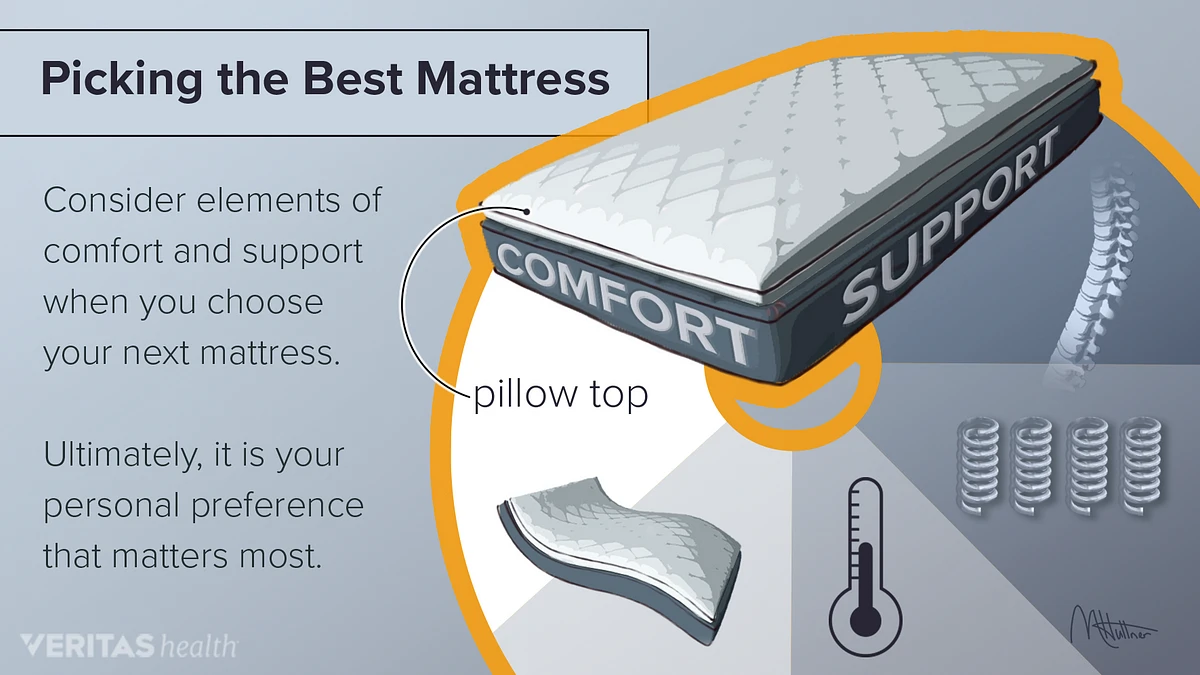
When it comes to finding the right mattress, there are certain factors to keep in mind. It’s important to consider your preferences and needs when it comes to size, firmness, type, and budget.
- Size: Which size mattress do you need? Twin, full, queen, king, or California king?
- Firmness: Do you prefer a firm mattress, a medium-firm mattress, or something softer?
- Type: Are you looking for an innerspring mattress, a memory foam mattress, a hybrid mattress, or something else?
- Budget: What is your budget for a mattress?
Once you’ve determined your preferences, you can begin to narrow down your search for the perfect mattress. Knowing which type of mattress is best for you can help you make an informed decision.
Consider Your Budget
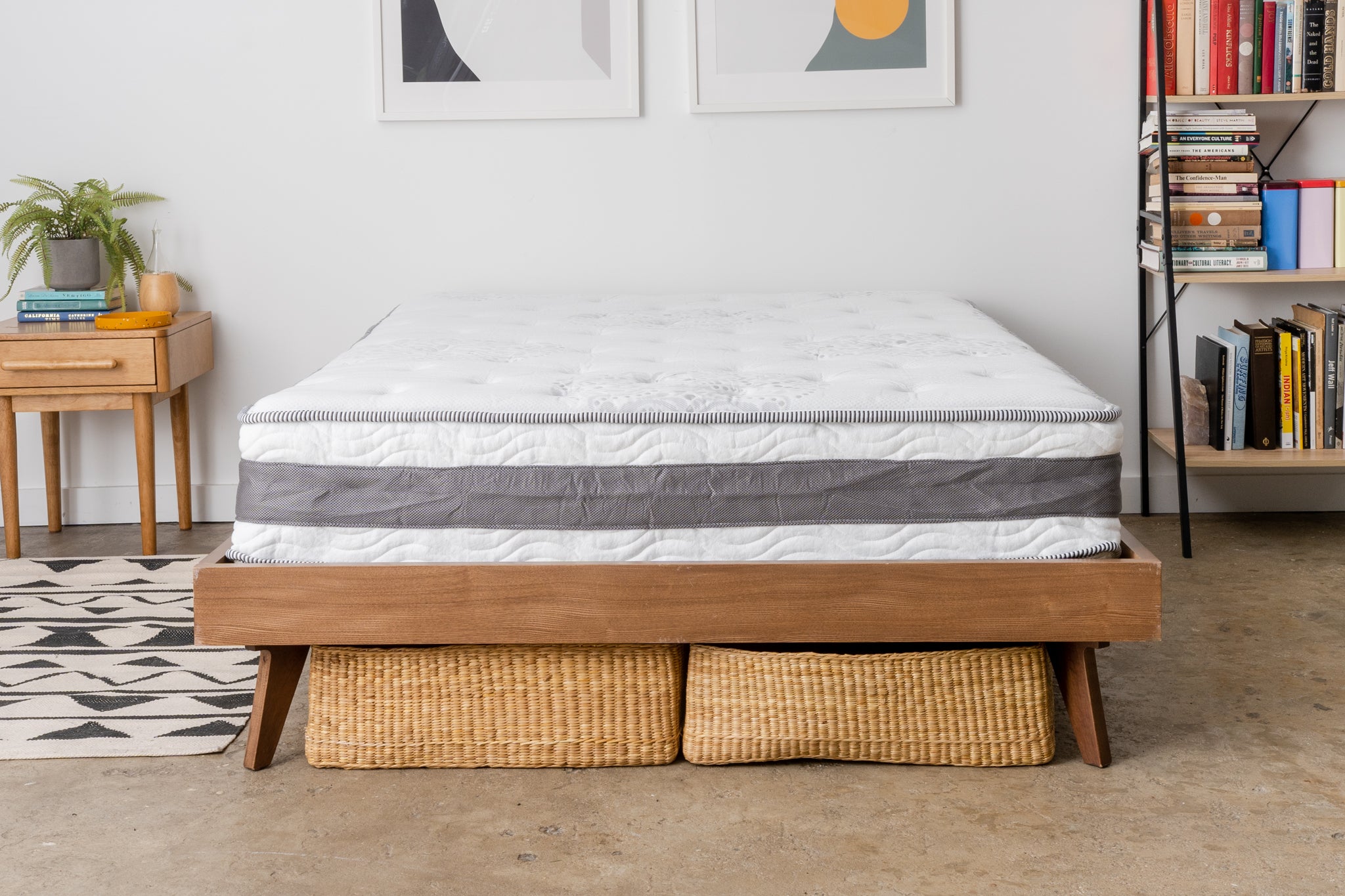
When deciding on the best mattress for you, it is important to consider your budget. Mattresses come in a wide range of prices, from budget-friendly options to luxury models. It is important to note that more expensive does not necessarily mean better. Some of the most popular mattresses come in at mid-range prices, and provide great value for money.
Types of Mattresses Based on Price:
- Budget-Friendly Mattresses: These mattresses are generally thinner and made with basic materials, such as foam or spring coils. They are typically the most affordable option and are best suited for children or guests.
- Mid-Range Mattresses: These mattresses are made with higher quality materials and are often thicker, providing more support and comfort. They are often a good compromise between price and quality.
- Luxury Mattresses: These mattresses are made with the highest quality materials and provide the best comfort and support. They are often the most expensive option, but can be worth the investment for those looking for the best sleep experience.
When considering what type of mattress to buy, it is important to consider your budget. Take the time to research different mattresses and determine what best fits your needs and budget.
Consider Your Sleeping Position
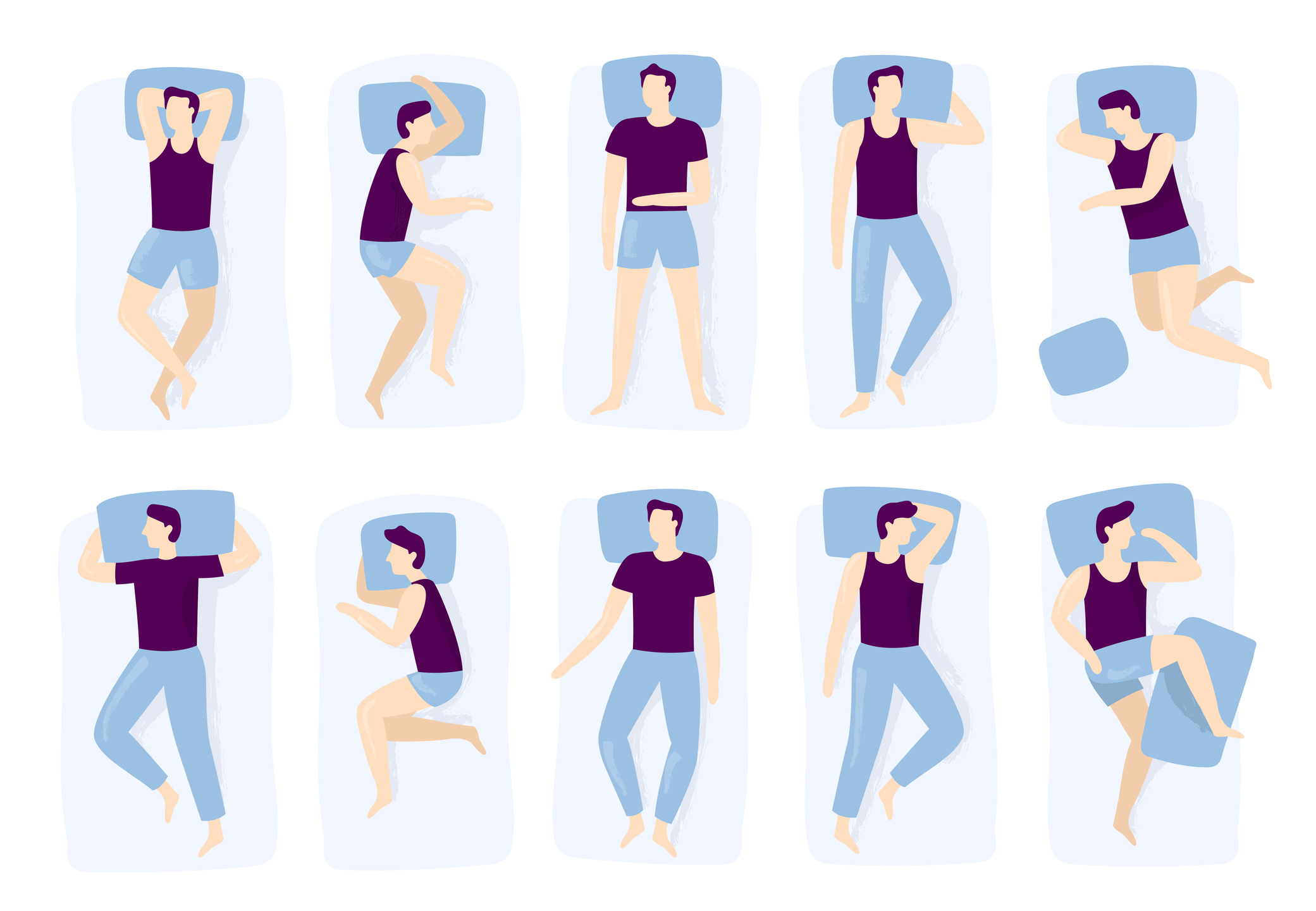
When choosing a mattress, it is important to consider your sleeping position. Different types of mattresses are designed to provide support and comfort for specific sleeping positions. This can help you find the right mattress that will provide the best support and comfort for you.
- Side Sleepers: Side sleepers need a mattress that is soft and provides cushioning for their hips and shoulders. A mattress with a medium-soft to medium-firm feel is best. Memory foam or latex mattresses are a great choice for side sleepers.
- Back Sleepers: Back sleepers need a mattress that is moderately firm to provide support for their lower back. A mattress with a medium-firm to firm feel is recommended. Innerspring or hybrid mattresses are great for back sleepers.
- Stomach Sleepers: Stomach sleepers need a mattress that is firm to provide support for their abdomen and back. A mattress with a firm to extra-firm feel is best. Hybrid mattresses are ideal for stomach sleepers.
Take the time to consider your sleeping position when deciding what type of mattress to buy. Different types of mattresses are designed to provide the best level of comfort and support for different sleeping positions.
Consider Your Sleep Environment
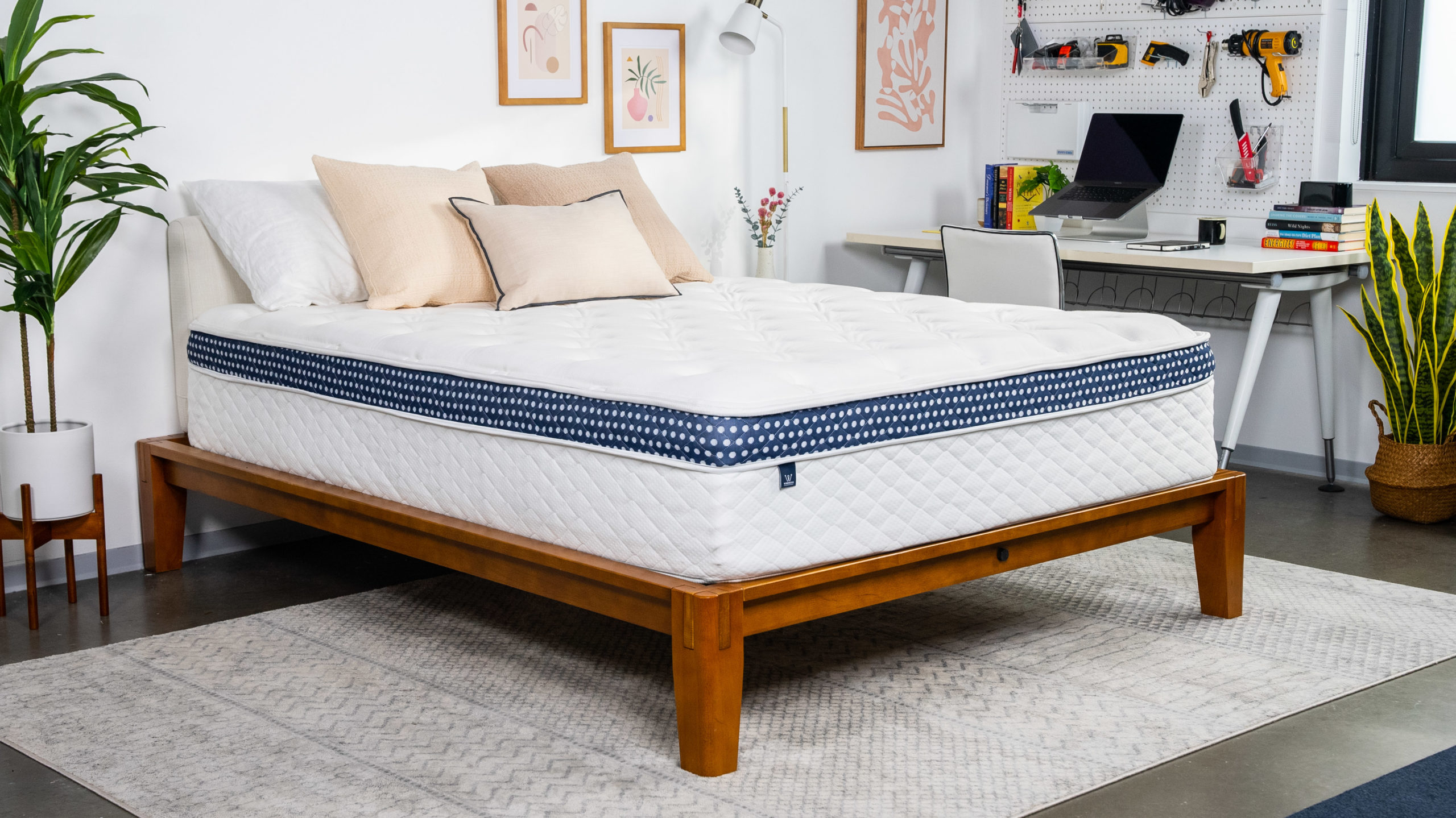
Before choosing a mattress, it is important to consider your sleep environment. Are you looking for a mattress to use in a bedroom or a guest room? Do you prefer a firmer mattress or a softer mattress? Do you need a mattress that is designed for a specific sleeping position, such as side sleeping or back sleeping? Knowing the answers to these questions will help you narrow down your choices and make the best decision for your needs.
When it comes to different types of mattresses, you have a variety of options. Innerspring mattresses are the most common and provide support while also allowing air to circulate. Memory foam mattresses are made from a foam material that conforms to your body and helps reduce pressure points. Latex mattresses are natural and offer a springy feel. Hybrid mattresses combine the support of innerspring mattresses with the comfort of memory foam. Finally, adjustable mattresses can be adjusted to your desired firmness level.
It is important to remember that no matter what type of mattress you choose, it should provide you with the right amount of support and comfort. Try out a few different types to find the perfect fit.
Consider the Durability
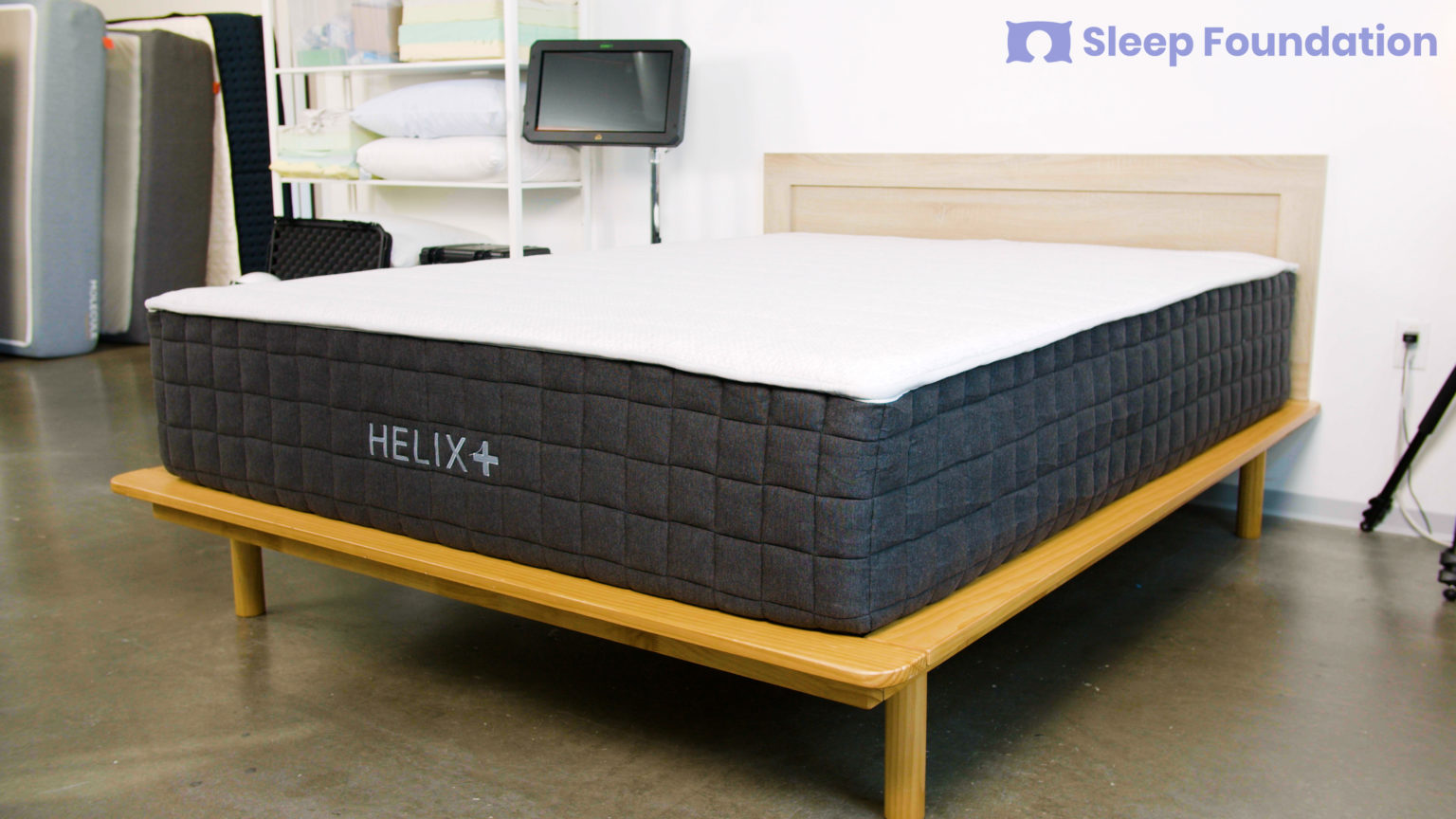
- Innerspring mattresses are generally considered to be the most durable, lasting up to 10 years.
- Latex mattresses come in second and can last up to 8 years with proper care.
- Memory foam mattresses have the shortest lifespan with an average of 7 years.
- Hybrid mattresses are a combination of innerspring and foam and have an average lifespan of 7 to 8 years.
- When choosing a mattress, look for one that is constructed with high-quality materials and has a good warranty.
Consider the Warranty
When purchasing a mattress, make sure to consider the warranty. Most mattresses have a warranty that lasts anywhere from 10 to 25 years. The length of the warranty is important, as it can provide you with peace of mind in knowing that if something goes wrong with your mattress, you can take advantage of the warranty and have it replaced or repaired. Some warranties are limited to certain types of mattresses, such as memory foam, while others offer more comprehensive coverage. Make sure to read the warranty carefully and understand what it covers and what it doesn’t. This will help you make sure you’re getting the most out of your purchase.
Frequently Asked Questions
What should I consider when selecting a mattress?
Comfort: Try out the mattress for a few minutes in the store to make sure it’s comfortable. Lie down in your typical sleeping position to get the best idea of how it will feel.
Size: Measure your bed frame to determine the size of mattress you need. Make sure to leave enough room for bedding and other items.
Durability: Consider the type of material used in the mattress and how long it’s expected to last. Look for certifications to ensure you’re getting a quality product.
Support: Different mattresses offer varying levels of support. Look for one that provides enough comfort and support for your body.
Price: Decide on a budget for your mattress and look for one that fits within that range. Consider discounts and deals to get the best value for your money.
What are the Pros and Cons of Different Types of Mattresses?
Innerspring Mattresses: Innerspring mattresses are the most common type of mattress, providing support with springs and cushioning with comfort layers. Pros include affordability, durability, and availability. Cons include that they are not as good for motion isolation and not as comfortable as other types of mattresses.
Memory Foam Mattresses: Memory foam mattresses provide contoured support by responding to the body’s temperature and weight. Pros include excellent motion isolation, conforming support, and pressure relief. Cons include that they tend to be more expensive, can make you feel too hot, and can give off a chemical odor.
Latex Mattresses: Latex mattresses are made from a rubber tree sap, providing comfort and support with a bouncy feel. Pros include good pressure relief, natural material, and good motion isolation. Cons include that they can be expensive and can be too firm for some people.
Hybrid Mattresses: Hybrid mattresses are a combination of innerspring and foam layers, providing both support and comfort. Pros include good motion isolation, contouring support, and availability. Cons include that they can be expensive and not as long-lasting as other mattress types.
Are there any mattress features that are better for people with back pain?
Firm mattresses are generally recommended for people with back pain, as they provide more support for the spine and help to keep it in a neutral position. Also, memory foam mattresses, which contour to the body and provide pressure relief, can be beneficial for those suffering from back pain. Additionally, adjustable mattresses are a great option for people with back pain, as they allow for personalized comfort and support.
Is a Hybrid Mattress Worth the Added Cost?
- Support: Hybrid mattresses are a combination of two or more materials such as innersprings, memory foam, and latex, offering superior support and comfort.
- Pressure Relief: Hybrid mattresses provide excellent pressure relief with the combination of foam and coils.
- Durability: Hybrid mattresses are generally more durable than other types of mattresses since they use higher quality materials.
- Temperature Regulation: Hybrid mattresses are designed to regulate temperature better than foam mattresses, so you can stay cool and comfortable all night.
Hybrid mattresses are typically more expensive than other types of mattresses. But the combination of materials used in a hybrid mattress can make it worth the added cost. The combination of foam and coils provides superior support, pressure relief, temperature regulation, and durability that you won’t find in other mattress types. So if you’re looking for a mattress that will last and provide a great night’s sleep, a hybrid mattress may be worth the investment.
How often should I replace my mattress?
Generally, you should replace your mattress every 7-10 years. However, depending on the quality and construction of the mattress, you may need to replace it sooner. If your mattress is sagging, developing lumps and bumps, or you wake up in the morning feeling stiff and sore, it is time for a new mattress. Look for quality materials, a good warranty and mattress protector to get the most out of your mattress.
Conclusion
Choosing the right mattress is an important decision that should not be taken lightly. With so many different types of mattresses available, it is important to consider your budget, sleeping habits, and individual preferences before making a purchase. Taking the time to research the various mattress types and compare them to your needs and wants can help ensure you get the most comfortable and supportive mattress for you.
References
- Sleepopolis. (2018). Mattress Types & Components Guide.
- Sleep Junkie. (2019). Mattress Buying Guide.
